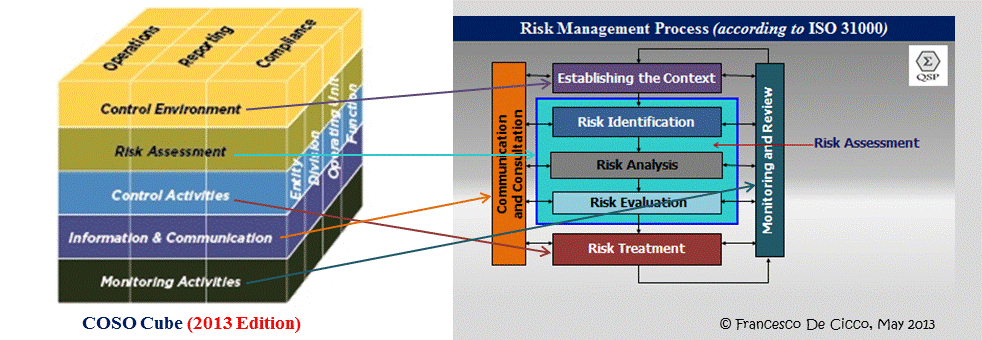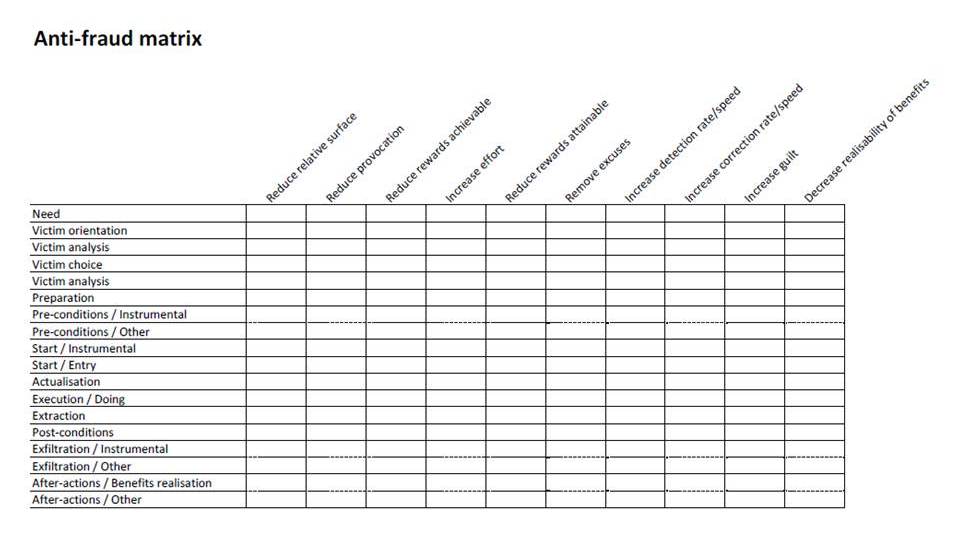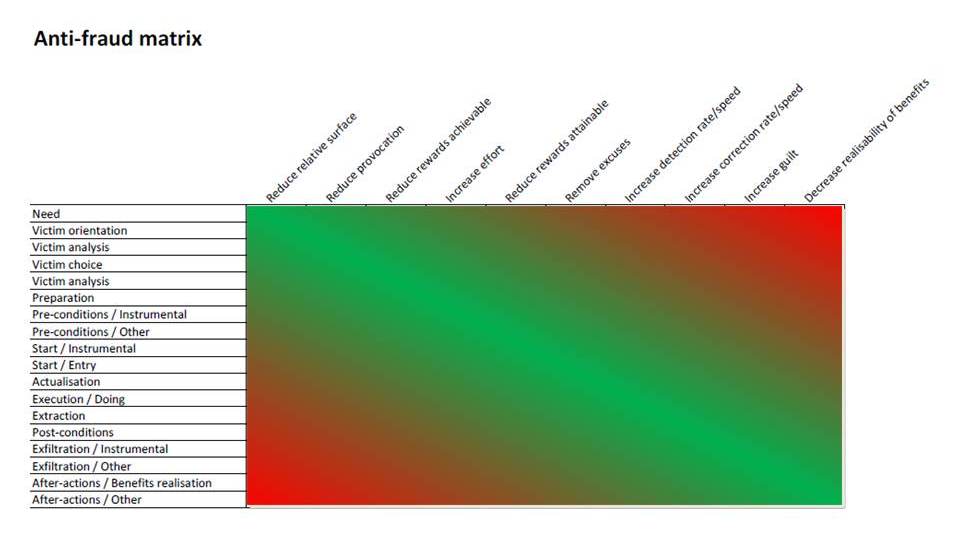Just to drop ’em.
First; the hypes come and disappear again quicker than you get to notice them as such. As in some Bird thing. Is this the new way trends will go ..? If so, we’ll all have trouble keeping up, and will see disparate clusters of innovation, some re-inventions without linkage, some unique evolutionary directions taken. Long live diversity! Until the Other comes to bite you. Yes, I did aim to frame this as a remark on, e.g., economic development (followed by military power to secure the elsewhere cheaper resources), new-business models, and products and services. Now that we come to realise the balance between exposure for scrutiny and secrecy for deep development. À la Eppel.
Next: Not even pop-art is sacred. What’s next; a 3D (sic) printer for Jackson Pollocks ..? The horror. But, this may lead to creativity being defined better. Since the Act of pop-art, at its inception, was the great Move. The copy, even IF it were an improvement or only equally valuable (in cultural terms), still needs the reference to the greatness of pop-art, throughout, and doesn’t add a critique or anything, no ump to new insights. Nice mee-too art, but not Great Art, for my part. Now where is that chasm; what criteria to establish..?
(And, some pics in the link are quite good, in particular when seen as a series. Some form of art there. Should not have referenced older art too much, would have been better.)
As expected, a picture again for your viewing pleasure:

[Trier but you spotted that]



















